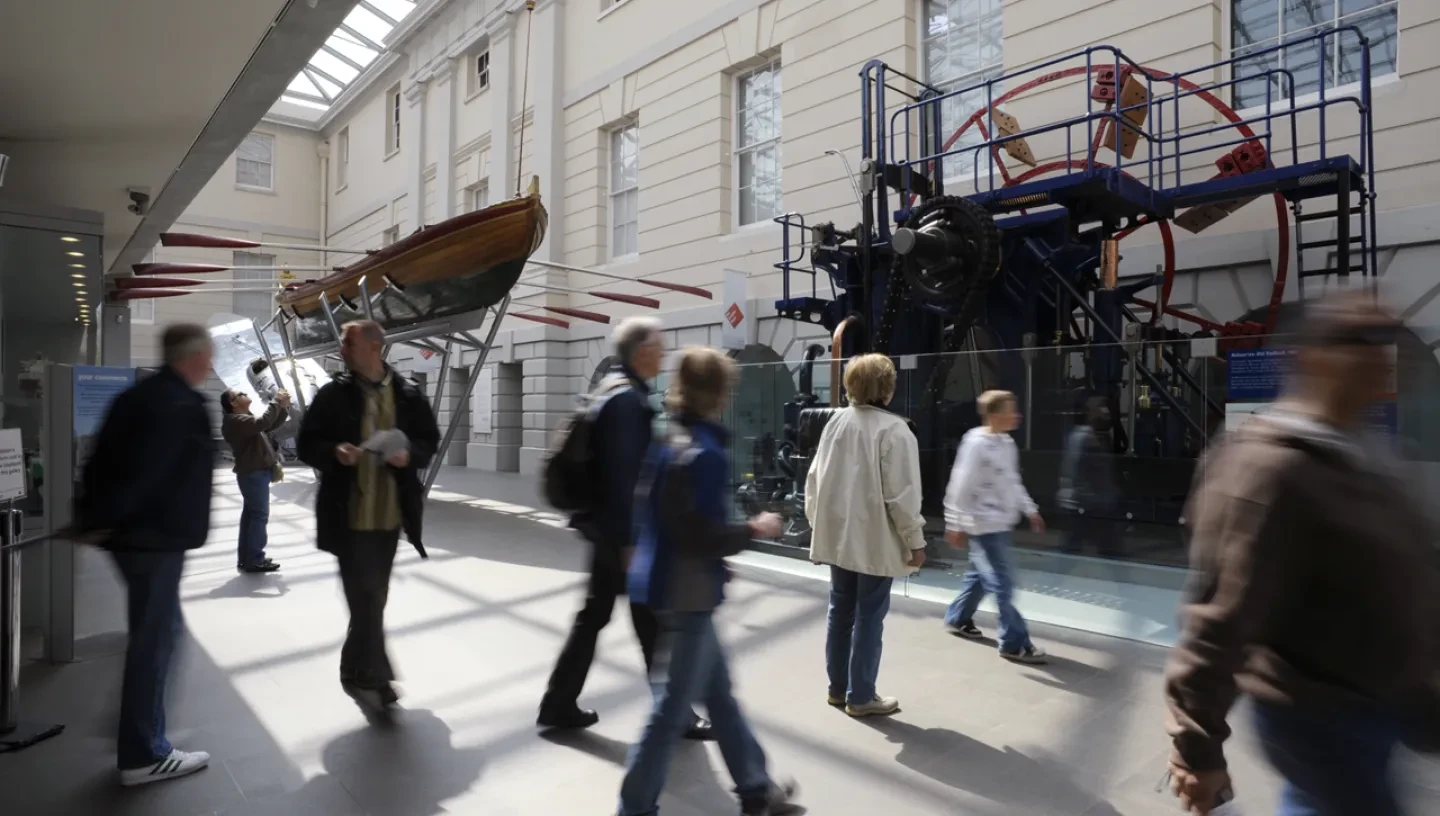
Working objects
We have an enviable collection of “working objects” and “objects in use”.
On the first floor of the National Maritime Museum, we have one of the engines from the steam paddle ship Reliant, the propeller for a frigate and the Tarbat Ness lighthouse all working so that our visitors can get a sense of the scale of a working steam paddle ship or the mechanics of a light house.
At the Royal Observatory we have telescopes and transits which are regularly in use, such as the Great Equatorial 28-inch telescope, the largest refracting telescope in Europe, and the Airy’s Transit. Throughout the Observatory, we have working clocks, including the Harrisons' of 'Finding Longitude' fame. On top of the Observatory, we have the Time Ball.
To keep these objects up and running requires regular maintenance and the occasional repair. The clocks alone need winding and checking once a week and parts inevitably wear out or even break. Repairing or replacing working parts needs a different approach than the usual museum object, but at the same time we have to heed our commitment to preserve their history. We must conserve even as we restore. Our conservators need to have the skills of an engineer or a clockmaker while wearing the hat of a conservator.
The collection is uniquely integrated, which serves its working objects. If a timepiece has to have a part replaced, it is very likely that we have the original drawings for reference. Our references also inform nautical machinery and ship models. This allows conservators to reproduce with assurance a missing or broken part.